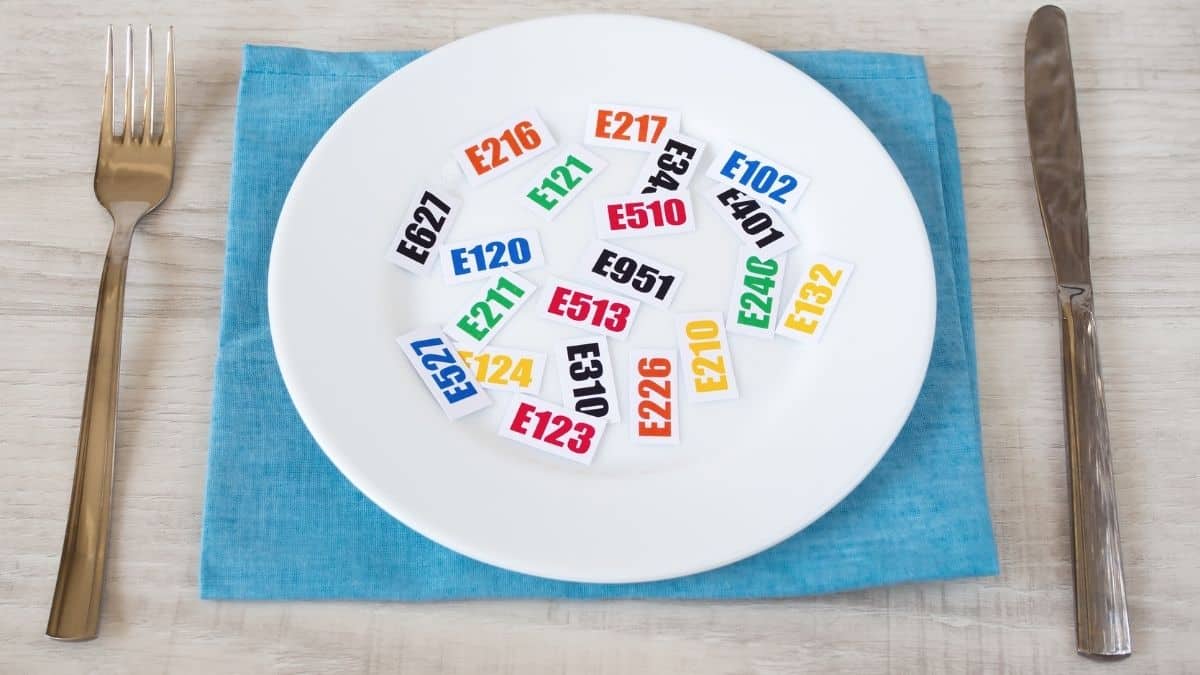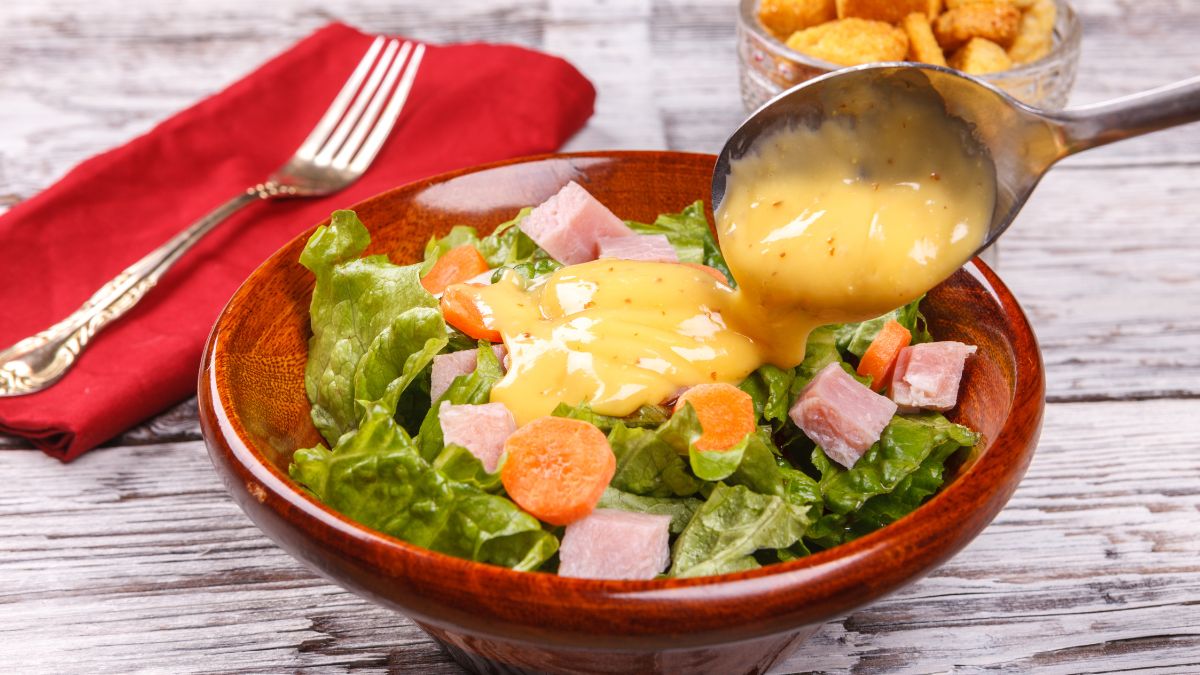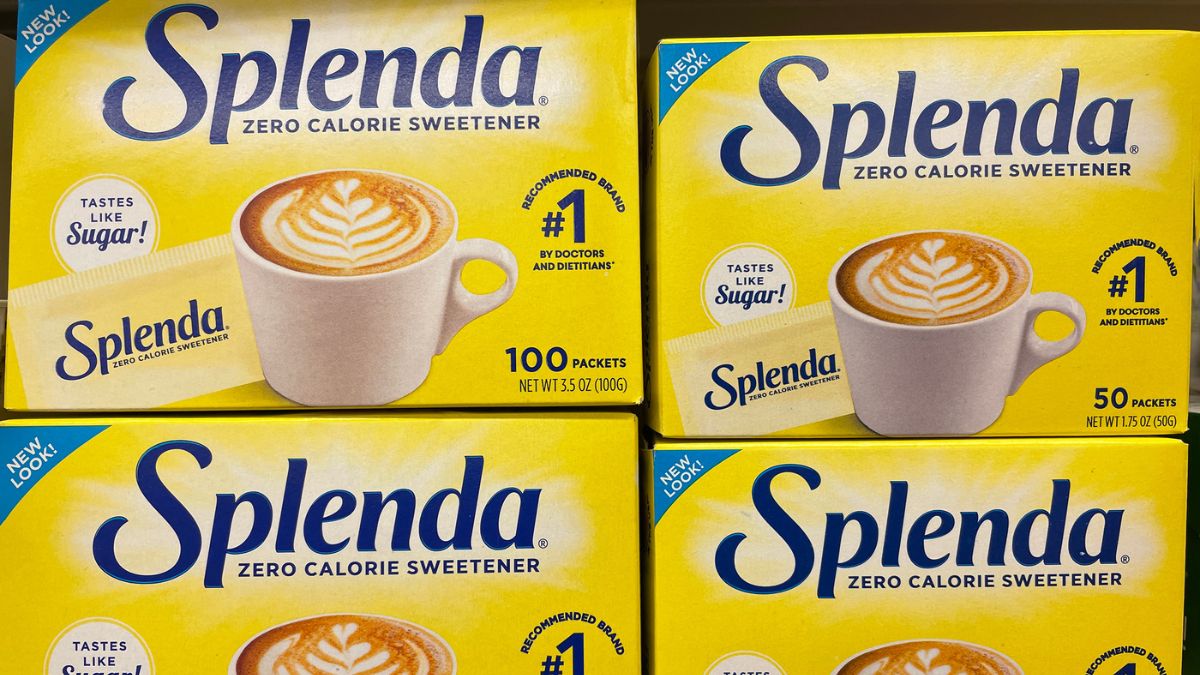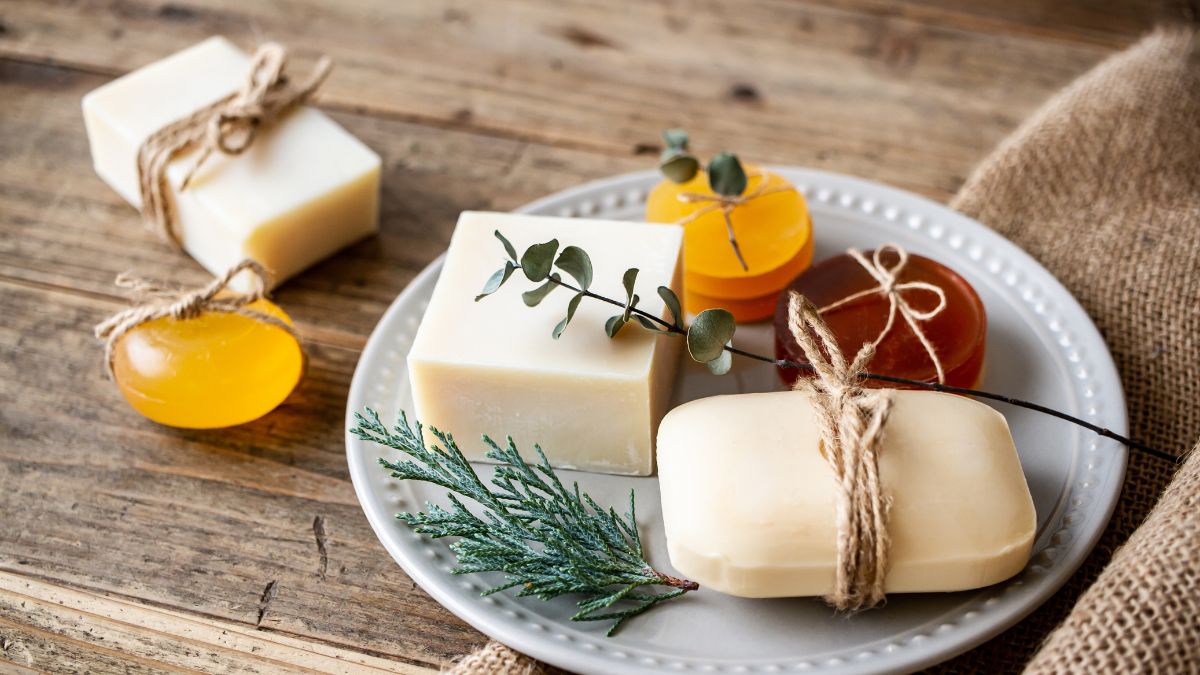Answer: It depends. Some monoglycerides and diglycerides are vegan, while some are not.

What Are Mono and Diglycerides?
Glycerides contain a glycerol molecule with one or more fatty acid chains. Monoglycerides have one fatty acid chain. In comparison, diglycerides have two fatty acid chains. According to WHO, approximately one percent of your food has mono and diglycerides.
Glycerol or glycerine is a thick sweet substance. It can be used in food additives, preservatives, and sweeteners.
Are Mono and Diglycerides Vegan?
A reaction between glycerol and triglycerides commercially makes glycerides. And glycerol comes from plant sources like soybeans (clearly vegan) and palm oil (which many vegans tend to avoid). But why is plant-sourced palm oil not vegan? Well, to answer that, it usually depends on your viewpoint. Some vegans do not support palm oil as vegan due to many animal killings to clear land for trees.
Where Are They Used?
Mono and diglycerides are emulsifiers; they help in the blending of water and oil. Hence, they’re commonly in use as food additives. Mono and diglycerides are usually mentioned in the ingredients list on processed and packaged foods with other names such as:
- Diacylglycerol oil
- Ethoxylated mono and diglycerides
- Distilled mono and diglycerides
- Mono and diglyceride esters
- Monoacylglycerol (MAG) and diacylglycerol (DAG).
What Foods Contain Them?
Mono and diglycerides can be present in a lot of processed foods:
- Nut kinds of butter
- Coffee creamers
- Bread
- Baked goods
- Ice cream
- Mayonnaise
- Tortillas
- Margarine
- Frozen foods
- Soft drinks
- Candy
- Frosting
- Chewing gum
- Whipped topping
- Certain meat substitutes and processed meats
Foods that contain mono and diglycerides are not just on shelves of grocery stores. They can also be present in many food items in fast food chains and restaurants. Some of the foods that contain them are:
- Buns
- Croissants
- Bread
- Biscuits
- Fries
- Frappes
- Milkshakes
What Do They Do?
As emulsifiers, mono and diglycerides help water and oil to mix well. They improve the consistency and texture of foods.
Other examples are:
- They stop the oil found in your delicious peanut butter from separating.
- They lessen the stickiness in your favorite candies.
- They help ice creams to have their creamy consistency.
- They raise your margarine consistency.
- For your delicious sausages and processed meat, they do the job of distributing the fats evenly.
- They slow the staling process in baked goodies. They also improve the texture to make sure that the bread is elastic and doughy.
Can Vegans Consume Foods With Mono and Diglycerides?
Finally, coming to the moment of truth – can vegans eat foods containing mono and diglycerides? You see, glycerol comes from both plant and animal sources. And it can be a little troublesome when you want to buy a loaf of bread or binge-watch your favorite shows on ice creams.
Now, don’t worry about missing out on such treats and guilty pleasures. If you keep reading on, you’ll find some alternatives to have your favorite food in a vegan-friendly fashion.
Mono and diglycerides, also known as E471, are present naturally in various seed oils like soybeans. But you cannot entirely exclude the presence of animal fats, especially in commercial foods. Moreover, the fatty acids from plant and animal sources are chemically similar.
The Vegan Society classifies E471 (mono- and diglycerides) as animal-based, advising vegans to avoid any foods containing this ingredient. So, are diglycerides vegan? While these emulsifiers are primarily derived from plant sources, the challenge lies in the fact that many products containing them may also include animal by-products. As a result, strict vegans in 2025 often choose to steer clear of foods with E471 to maintain a fully plant-based diet, even though the animal-derived components are usually present only in trace amounts. For those committed to veganism, it’s important to check product labels carefully or seek out brands that specify a 100% plant-based source for mono- and diglycerides.
What are the sources of mono and diglycerides?
They are commonly and naturally from vegetable or plant sources like:
- Coconut oil
- Rapeseed oil
- Palm oil
- Soybean oil
- Cottonseed oil
- Sunflower oil
And the fatty acids are taken from:
- Palmitic acid
- Stearic acid
- Myristic acid
- Lauric acid
- Oleic acid
- Linoleic acid
How do they appear? Mono and diglycerides come in both liquid and solid forms. They are pale yellow to pale brown oily liquids. While in solid form, they are either white flakes, beads, or powdery.
What Are the Alternatives That Can Be Consumed?
The best chance for you is to contact the food manufacturers. Ask whether the fats are vegetable glycerides. If not, you can always have alternative foods that are purely plant-based and vegan-friendly.
- Most fast foods like French fries and beans contain lard. And Lards may be taken from hog stomachs. You can always search for alternatives that make fast foods with pure vegetable oils and fats.
- You can replace food containing glycerol with vegetable glycerin alternatives. These are by-products of vegetable oil soap and come from petroleum and seaweed.
- Enzymes from the tongue glands and stomachs of lambs, kids, and calves are used to make cheese products. Alternatively, you can look for cheeses made with castor beans and vegetable enzymes.
- Most of your food flavorings come from myristic acid. This acid can also come from animal sources. Alternatives for flavoring foods are coconut oil, extracts from seed kernels of nutmeg, and nut butter.
- Foods with oleic acid for commercial food purposes derive from tallow. Look for foods having ingredients made from coconut oil.
- Palmitic acid foods may also include fats from animal sources. An alternative to it is those made with vegetable sources.
- Although stearic acids generally come from plant sources, they can be animal-based too. And usually, in commercial foods, their production may be synthetic. Foods containing animal-based stearic acids can have alternatives to others made from coconut and vegetable fats.
- Linoleic acids in foods can be a mixture of both liquid and solid acids. For foods containing them, check whether they are vegetable-derived acids, safflower oil, soy lecithin, sunflower oil, or almond oil.
What Ingredients to Avoid?
Here is a list of some typical ingredients that are mixed with mono and diglycerides:
- Glycerol: There are a lot of disagreements surrounding the source of glycerol. A majority of glycerine is a by-product of soaps. And soaps are mainly obtained from animal fats. Glycerine occurs naturally in plants and ends up in manufactured foods with traces of animal fats.
- Ammonium phosphatides: You may want to check foods listing ammonium phosphatides as an ingredient. Because they mostly contain glycerol in them. Unless the glycerol is made with vegetable glyceride, it is not a vegan food.
- Gelatin/gel: These are mainly in use as a thickener agent. Foods like puddings, cakes, ice creams, fruit gelatins, candies, yogurts, and marshmallows use gelatin. Commercial food manufacturers obtain gelatin protein by boiling the skin, ligaments, bones, and animals’ tendons. Mostly from animals like cows and pigs. It is a big no-no for vegans.
Chemical Aspects of Mono and Diglycerides
Okay, first, let’s see the different types of mono and diglycerides:
- Glycerol monopalmitate
- Glycerol monolaurate
- Glycerol monostearate
- Glycerol monooleate
- Glycerol monoricinoleate
Despite having the mono prefix, they are a mix of monoglycerides and diglycerides. Plus, they may also contain other triesters.
Mono and diglycerides are not only used as additives by themselves. They can also mix with other food additives like lactic acid, acetic acid, citric acid, and tartaric acid. And these blended acids and glycerides create other divisions of emulsifiers – E472:
- Lactic acid esters of mono and diglycerides fatty acids. LACTEM, E472b.
- Acetic acid esters of mono and diglycerides of fatty acids. ACETEM, E472a.
- Citric acid esters of mono and diglycerides of fatty acids. CITREM, E472c.
- Tartaric acid esters of mono and diglycerides of fatty acids. TATEM, E472d.
- Mono and diacetyl tartaric acid esters of mono and diglycerides of fatty acids. DATEM, E472e.
- Mixed acetic and tartaric acid esters of mono and diglycerides of fatty acids. MATEM, E472f.
Now, this is another reason why vegans cannot consume all foods carrying mono and diglycerides. As clearly, all the E472 A to F emulsifiers contain glycerine. Glycerine may contain animal fats (from hoofs and skins of animals) unless, of course, the manufacturers label it otherwise.
Conclusion
The bottom line is that many commercial foods containing mono and diglycerides are not vegan. And some vegans may be comfortable having them anyway, given that these emulsifiers are present in small amounts of only 0.1%.
However, it depends on your taste and preference. Except if you are a vegan through and through, the best solution is to call the manufacturers. Ask or mail them to question if their products are vegan friendly (if not labeled) or not. You can also do a bit of research on the manufacturer’s policies toward the environment and animal safety.
Or, like me, you could avoid consuming foods that contain animal-based emulsifiers. Similar to how you would stop eating other non-vegan foods.




